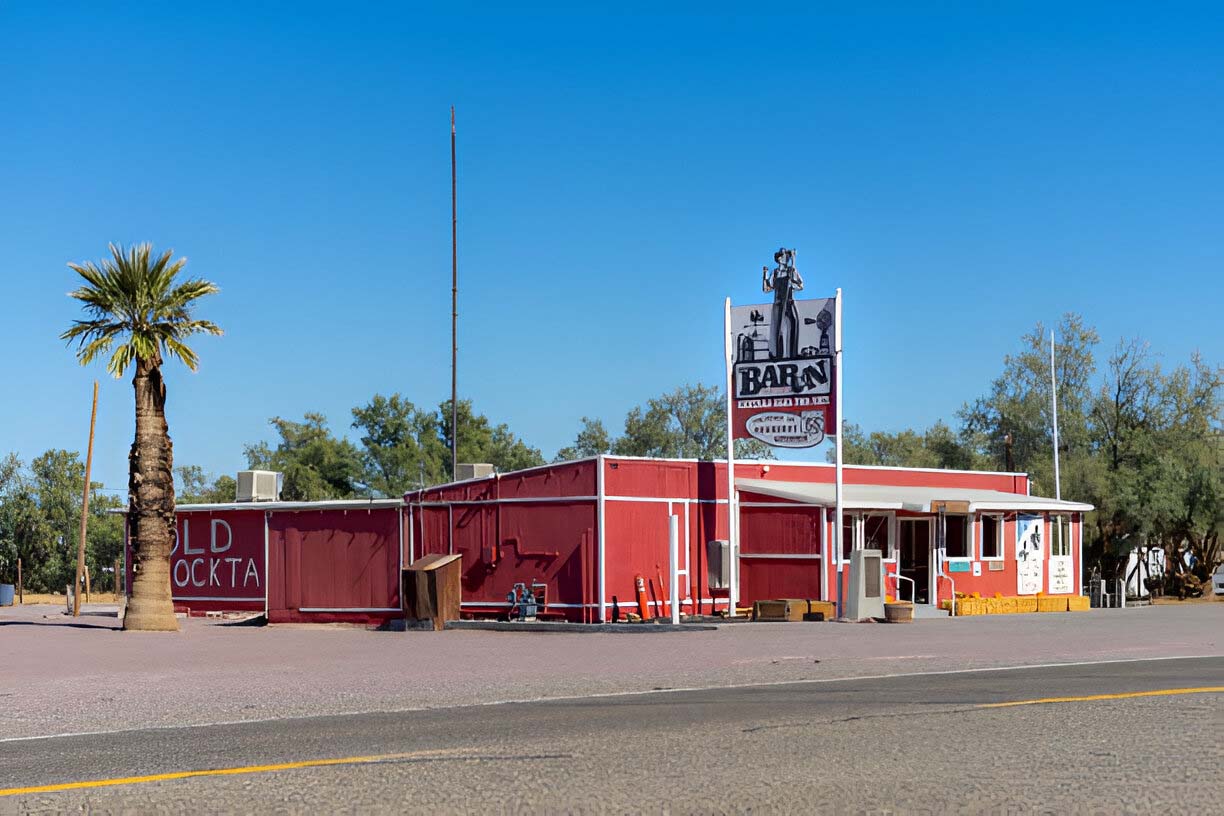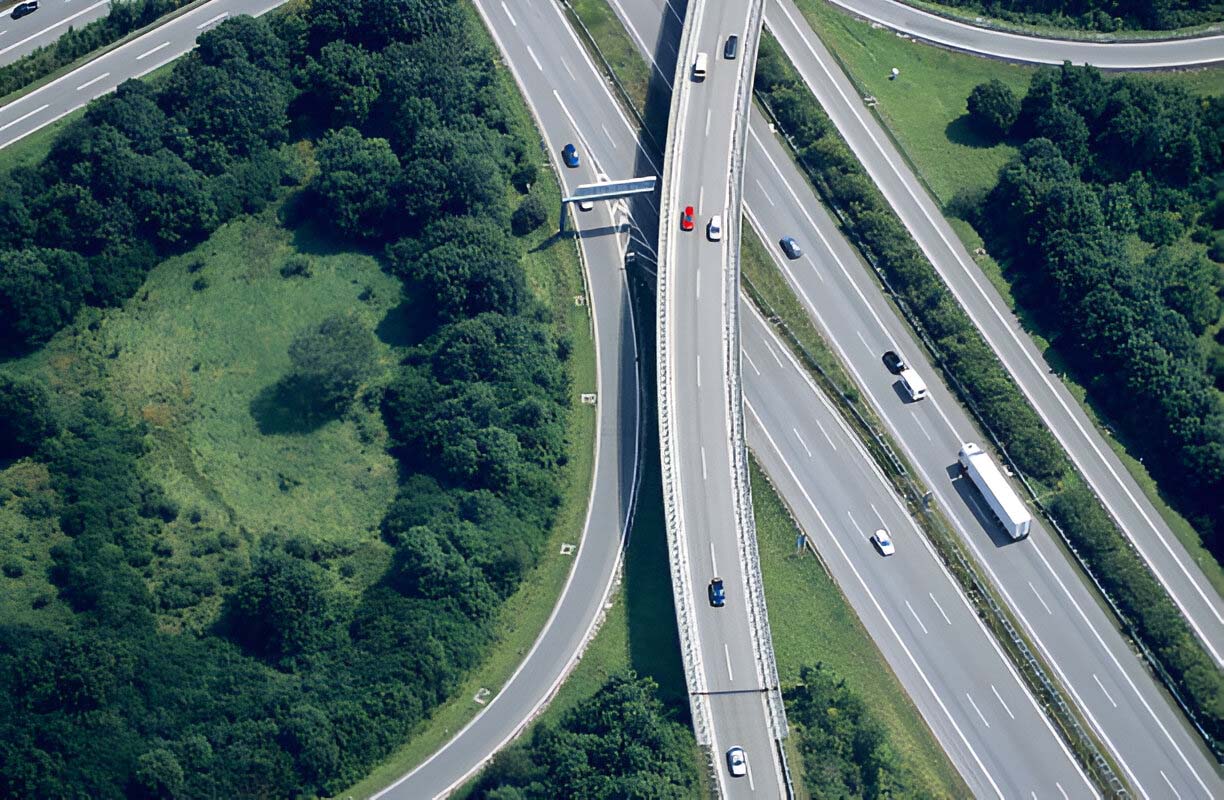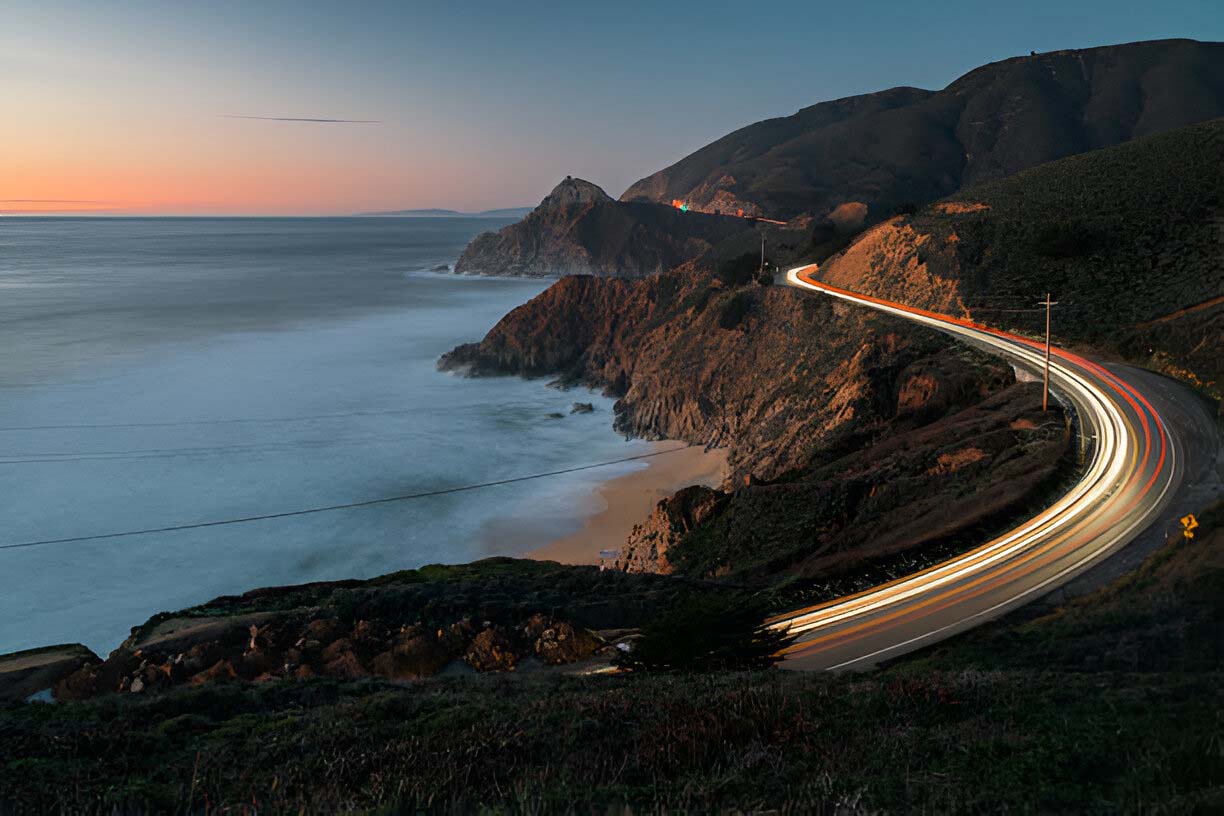If you drive, you know there’s a danger element that always goes with that. Even if you feel you’re an excellent driver, and you follow all traffic rules, you might still have some bad luck. A drunk driver might plow into you, or someone might try to get through a red light and T-bone your vehicle in an intersection.
If you get out on the highway, that often carries an even higher risk element. In heavily populated states, you might have to share the highway with many individuals, all of them in a hurry to get to work or to some other destination. For instance, California has about 40 million residents, and if you drive on one of the many highways you’ll find there, you might get into a dangerous or even deadly collision.
You should also understand that some highways carry more of a risk than others if you use them regularly. We’ll discuss what makes some sections of highway more dangerous than others right now.

The Proximity of Bars and Restaurants
For one thing, if you’re driving on the highway, there’s more of a risk that you will encounter a drunk driver if you know several restaurants that serve alcohol have locations within a one or two-mile radius. Perhaps you also know about a few popular bars nearby.
If you drive on that highway frequently, the chances that you might encounter a drunk driver will logically go up. You can probably even predict certain days or times of day when you may have more drunk people on the road.
For example, if you drive on that stretch of highway right after happy hour, you never know if the driver in the car next to you took advantage of the drink specials at a nearby bar and pounded a few on the way home from work. There’s little you can do if you must take that highway home. If you’re on the road at a time when you know you might run into more drunk drivers, though, watch for any vehicles speeding or changing lanes without signaling.
Higher Speed Limits
You might also have an accident if you’re on a stretch of highway with a higher speed limit than most other ones. The average highway might have a posted speed limit of 55, 60, or perhaps 65. In some parts of the country, though, you have higher speed limits than that.
If you are on a long stretch of road with a speed limit of 70, then maybe that higher limit won’t prove to be an issue. However, you may also run into a driver who exceeds even that higher posted number.
If a driver goes five miles over the speed limit as a matter of course, thinking that the police will not pull them over if they keep speeding very slightly, then that means they’re going 75 miles per hour in a 70 zone. At that speed, you can lose control of a vehicle much easier.
It’s another reason why some highways carry a higher accident risk element. If you keep increasing the speed limit, the chances that a crash will have some fatalities almost always go up.

Sharp Curves
You may also drive on some highways in America that have sharp curves. If you have to go around one, you must slow down to make sure you don’t lose control of your vehicle.
Some vehicles have a higher chance of overturning if you go around a sharp curve too fast. You can include SUVs on that list.
While many modern SUVs take care not to make the same engineering mistakes of the past, if you’re driving a top-heavy vehicle, and you go speeding around a sharp curve on the highway, the vehicle can still flip over. You might even roll it down an embankment.
If that happens, you can feel lucky if you walk away alive. Such rollover accidents come with a very high fatality rate, more so than many other kinds of accidents.
A Steep Grade
You also have some highways that go down through mountainous regions. If you’re driving down out of the Rockies in your vehicle, for instance, then you may have to navigate a very steep grade.
If you’re dealing with both a steep grade and a narrow road, then you must use all your skill as a driver. You should know that if you misjudge a curve, you might go over the guardrail.
That can send you plummeting down a mountainside. These sorts of highways have a negative reputation, and with good reason.
More Lanes
You should also watch out on stretches of highway that have more lanes than normal. You might have a length of highway that has two or three lanes on either side. You might have a fast lane, a middle lane that acts as the passing lane, and then a third lane on the far right that cars use to get off at the exits that appear.
You probably know how to act as a driver in one of those lanes. If you go on vacation, though, and you’re on a stretch of highway that has many more lanes than normal, you might feel some stress or anxiety. In some regions of the country, that’s completely justified.
In Los Angeles, some parts of the highway have five or six lanes on either side. If you think that looks like a madhouse during rush hour traffic, you’re absolutely right.
If you drive to LA or certain other parts of the country and try to drive on one of these highways during rush hour, defensive driving goes out the window. You must contend with Uber drivers and taxis shooting past you at a high rate of speed, many cutting across several lanes without so much as a turn signal.
Any of these highway stretches pose more of a danger element than others, so drive cautiously if you’re ever on one.








